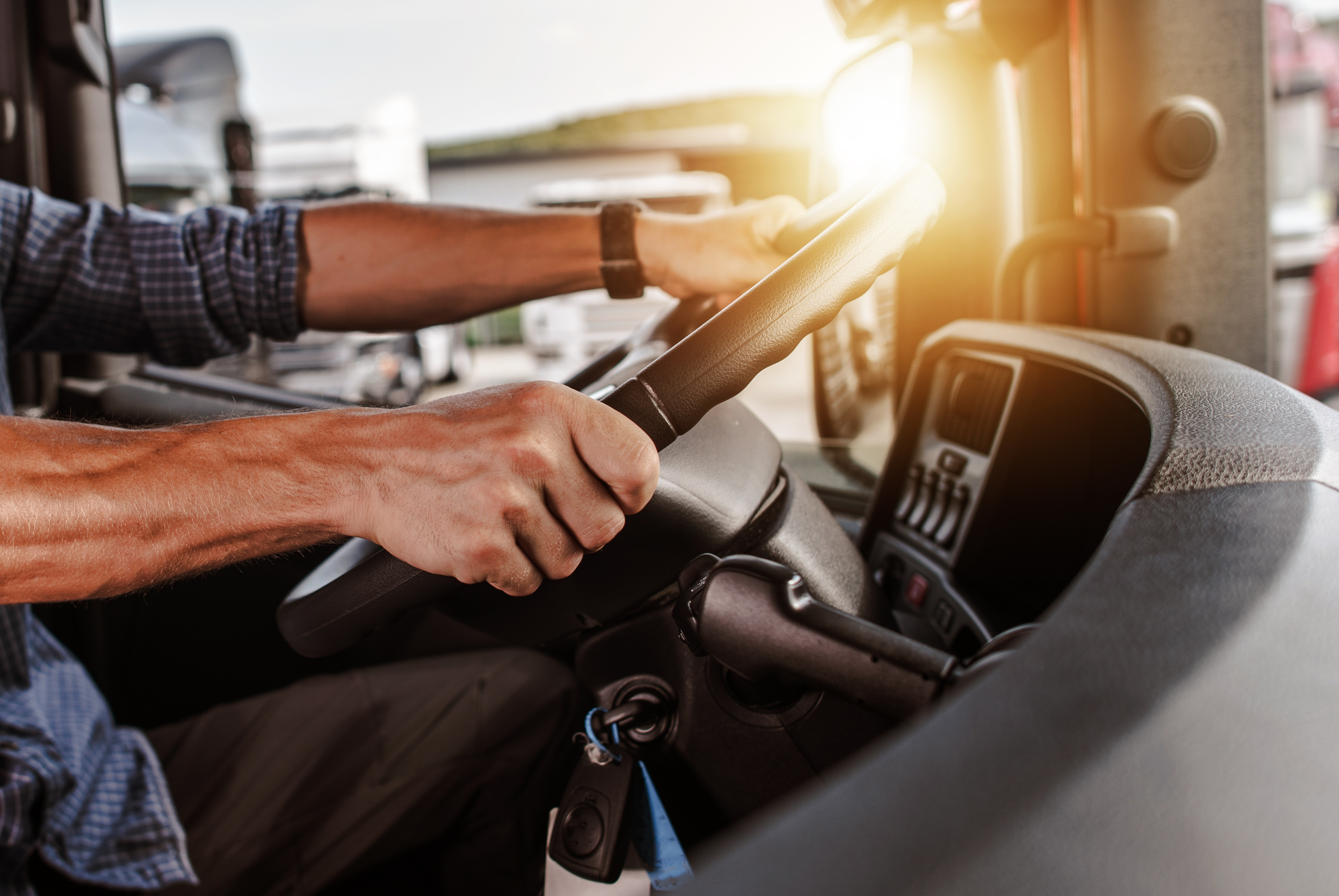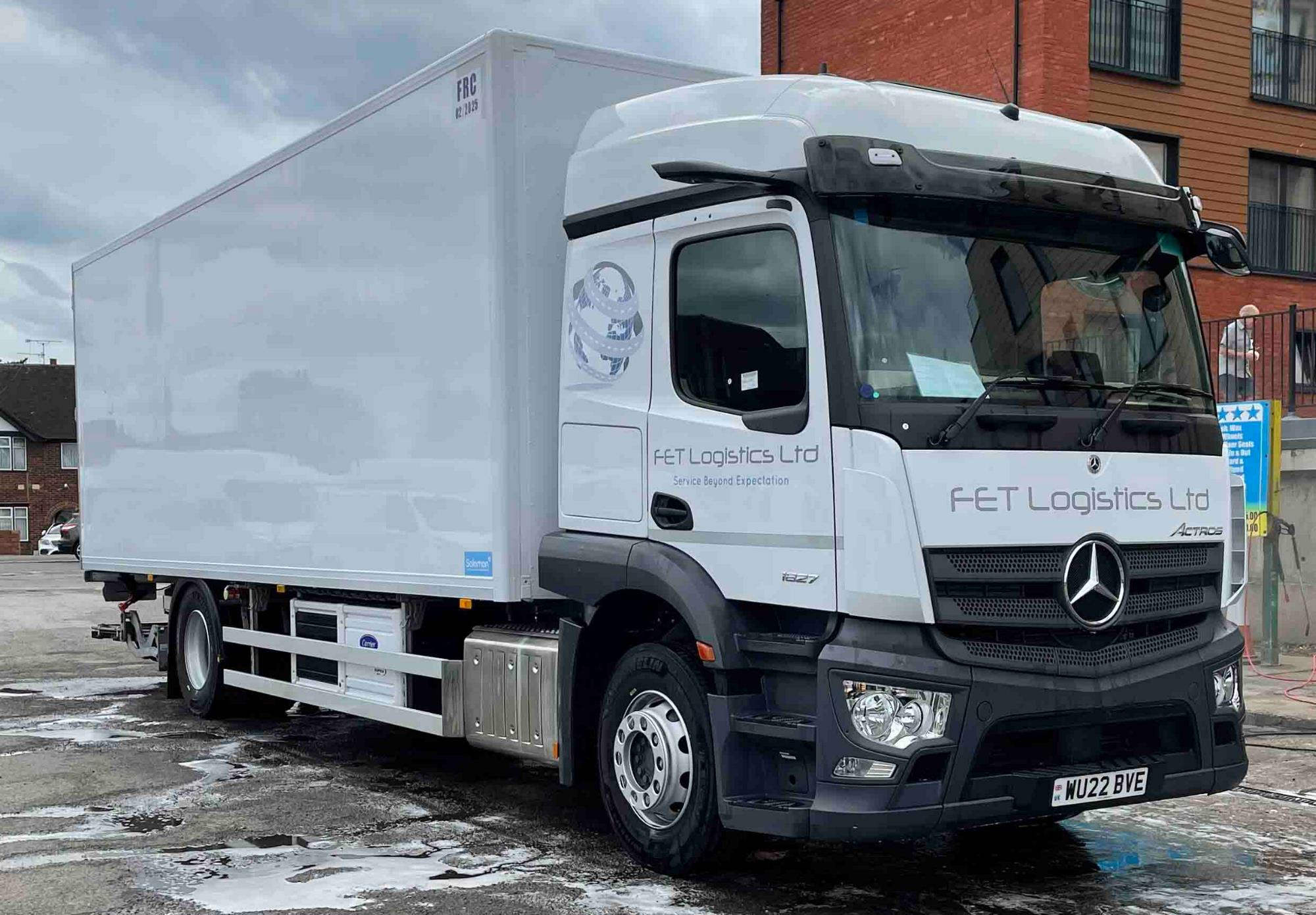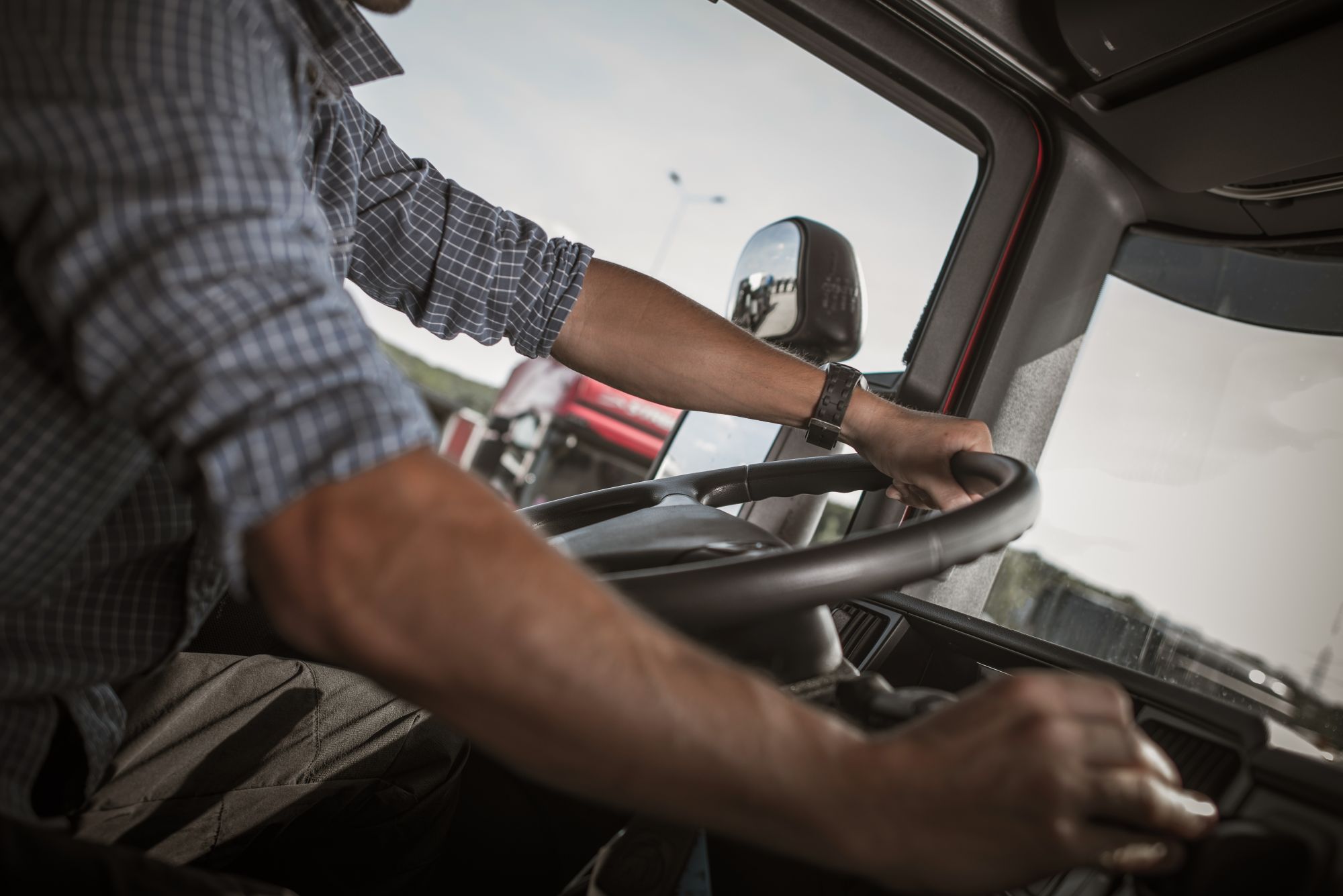
Miranda Blake
Compte Dart Charge - simplifiez vos paiements
Créée: 08/11/2024
•
Mise à jour : 02/12/2025
Il est essentiel de comprendre les subtilités du système Dart Charge pour garantir une expérience transparente et rentable lors de l'utilisation du Dartford Crossing. Se familiariser avec les options de paiement, la gestion des comptes et les pièges potentiels peut vous éviter des amendes et des maux de tête inutiles.
Comprendre le système de charge Dart
Le Dartford Crossing, un aspect vital pour le trafic commercial, est géré par un système de paiement électronique sophistiqué connu sous le nom de Dart Charge. Ce système innovant a été introduit pour améliorer l'efficacité de la collecte des péages, en éliminant le besoin de cabines de péage traditionnelles et en permettant aux conducteurs de prépayer ou de payer en ligne avant la fin de la journée.
La charge de fléchettes expliquée
Vous vous demandez ce qu'est exactement la Dart Charge ? Il s'agit de la méthode de paiement utilisée pour le Dartford Crossing. Le système a été mis en place pour améliorer la fluidité du trafic et offrir une expérience de paiement plus pratique aux usagers.
Traverser le Dartford Crossing : options de paiement
Les conducteurs ont trois options principales pour payer la redevance Dart :
- Compte de prépaiement: Les clients peuvent ouvrir un compte de prépaiement, qui offre une facturation automatisée et un tarif réduit pour les traversées. Cette approche simplifiée garantit que les paiements sont effectués sans problème, le compte étant automatiquement débité pour chaque traversée.
- **Pour ceux qui n'ont pas de compte prépayé, il est possible de payer en ligne, par téléphone ou dans les points de vente Payzone. Les paiements peuvent être effectués à l'avance ou avant minuit le jour suivant.
- Traversées gratuites: La traversée de Dartford est gratuite entre 22 heures et 6 heures du matin, ce qui constitue une option économique pour les trajets nocturnes.
Taux de redevance Dart : comprendre les coûts
Vous êtes curieux de savoir quels sont les tarifs de la redevance Dart ? Ils varient en fonction de la classe du véhicule et du fait que le client dispose d'un compte de prépaiement ou qu'il effectue un paiement unique. Voici un aperçu des tarifs en vigueur :

Vous pouvez également [lire ici d'autres conseils sur le paiement et d'autres aspects pour les nouveaux conducteurs] (https://snapacc.com/newsroom/trucking-101-five-top-tips-for-new-drivers/).
Gestion de votre compte Dart Charge
La gestion de votre compte Dart Charge est essentielle pour éviter les amendes et rationaliser vos traversées. Examinons les principaux aspects de la gestion d'un compte.
Création d'un compte Dart Charge
La création d'un compte Dart Charge est une procédure simple. Les clients peuvent se rendre sur le [site officiel de Dart Charge] (https://www.gov.uk/pay-dartford-crossing-charge), cliquer sur "Démarrer maintenant" et sélectionner l'option "S'identifier ou créer un compte Dart Charge". Ils peuvent également ouvrir un compte de prépaiement en téléchargeant et en envoyant un formulaire de demande.
Connexion et réinitialisation des mots de passe
L'accès à votre compte Dart Charge nécessite l'adresse électronique enregistrée sur le compte. Si vous avez oublié votre mot de passe, le lien sur la page de connexion vous guidera dans le processus de création d'un nouveau mot de passe.
Mise à jour des données personnelles et des informations sur le véhicule
Vous pouvez modifier votre nom, votre adresse ou les numéros d'immatriculation du véhicule associés à votre compte en vous connectant à votre compte Dart Charge, en naviguant vers les sections "Gestion du compte" et "Profil" ou "Gestion du véhicule", et en effectuant les mises à jour nécessaires.
Visualisation de l'historique des passages et des relevés
Les clients peuvent consulter l'historique de leurs passages et leurs relevés de compte en se connectant à leur compte Dart Charge. Cette fonction vous permet de suivre votre utilisation et de vous assurer que tous les paiements ont été correctement enregistrés.
Comptes dormants et suspendus
Si votre compte Dart Charge devient inactif en raison de l'absence d'immatriculation du véhicule, d'un mode de paiement valide ou de franchissements récents, vous pouvez le réactiver en réglant le problème sous-jacent. De même, un compte suspendu peut être rétabli en complétant le solde ou en effectuant des paiements pour les franchissements en suspens.
Fermeture de votre compte Dart Charge
Lorsque le moment est venu de fermer votre compte Dart Charge, vous pouvez le faire en vous connectant, en naviguant vers la section "Gestion du compte" et en sélectionnant l'option "Fermer le compte". Tout solde restant sera remboursé en utilisant la même méthode de paiement.

Les paiements de Dartford Crossing avec SNAP
Le compte SNAP est une solution pratique qui offre plusieurs avantages aux conducteurs et aux opérateurs de flotte (https://snapacc.com/fleet-operators/).
Processus de paiement transparent
Le système gère automatiquement le paiement pour chaque traversée, ce qui élimine la nécessité de se rappeler de payer ou de traiter directement avec Dart Charge.
Paiement à temps garanti
Vous ne recevrez jamais de frais en cas de retard de paiement. Vous évitez ainsi les amendes ou pénalités potentielles associées aux paiements manqués ou tardifs, ce qui vous permet d'avoir l'esprit tranquille.
Facturation consolidée
Nous simplifions votre gestion financière en incluant les transactions de Dartford Crossing sur la même facture que les autres activités de votre compte SNAP. Cette consolidation facilite le suivi et la gestion de vos dépenses.
Gain de temps
En automatisant le processus de paiement, nous faisons gagner un temps précieux aux conducteurs. Il n'est pas nécessaire de s'arrêter pour effectuer des paiements individuels ou de se rappeler de payer avant minuit le jour suivant, comme c'est le cas lorsqu'on paie directement par l'intermédiaire du système Dart Charge du gouvernement.
Intégration avec d'autres services
Notre service Dartford Crossing fait partie d'un écosystème plus large de services de transport routier. Cette intégration permet aux utilisateurs de gérer plusieurs aspects de leur voyage, notamment le stationnement, le lavage et le ravitaillement en carburant, par le biais d'une plateforme unique.
Contrôle des coûts pour les opérateurs de flotte
Pour les entreprises qui gèrent plusieurs véhicules, nous proposons un moyen efficace de contrôler et de surveiller les dépenses liées aux passages à niveau de Dartford. La facturation consolidée et le système de paiement automatisé permettent de rationaliser les processus comptables et de réduire la charge administrative associée à la gestion des passages à niveau individuels. En utilisant SNAP Account pour les paiements du Dartford Crossing, les conducteurs et les opérateurs de flottes peuvent profiter d'une expérience plus efficace, plus fiable et sans stress lorsqu'ils utilisent cette liaison de transport cruciale.
Vous voulez en savoir plus sur la façon d'économiser de l'argent sur la route ? Consultez notre article sur les [conseils pour économiser du carburant] (https://snapacc.com/newsroom/fuel-saving-tips-for-truck-drivers/) ainsi que notre [guide du conducteur de camion pour établir un budget] (https://snapacc.com/newsroom/a-truck-drivers-guide-to-budgeting/).



